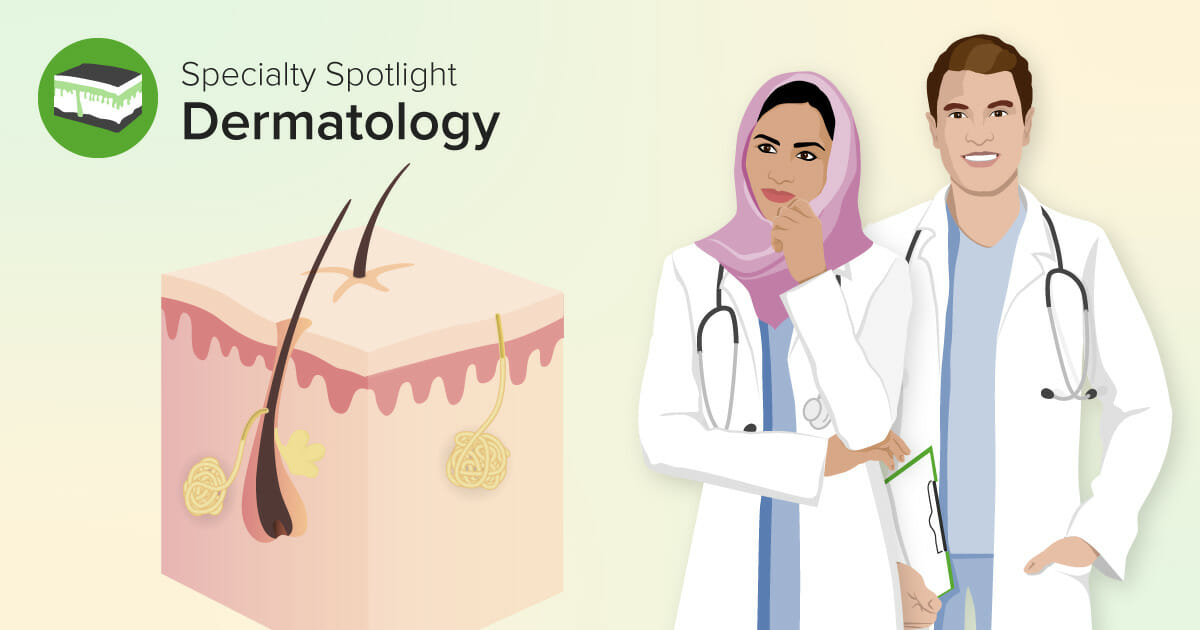Thorough Dermatology Expertise: Dealing With Acne Issues, Mole Problems, and Eczema Manifestations
When it involves skin health, detailed dermatology expertise is crucial; it encourages individuals to deal with common skin problems such as acne, mole irregularities, and dermatitis with self-confidence. Comprehending acne therapies, recognizing possible skin cancer indications in moles, and managing dermatitis triggers can considerably boost skin wellness - mole removal. This short article will check out these subjects, providing an informative consider the scientific research behind these typical skin problems - an expedition that guarantees to inform and notify
Understanding the Essentials: What Is Acne, Moles, and Dermatitis?
While several people might know with the terms acne, moles, and eczema, understanding what they actually are is a various issue completely. Acne is a skin disease characterized by irritated or infected oil glands, typically noticeable as pimples or places, primarily on the face, back, and chest. Moles, on the other hand, are little skin growths caused by collections of pigmented cells; they can show up anywhere on the body and vary in color and dimension. Finally, eczema, also referred to as atopic dermatitis, is a persistent condition causing swollen, itchy skin, typically occurring in feedback to toxic irritants or allergens. While these conditions are common, they can have differing levels of severity and impact on a person's life.
The Scientific research Behind Acne: Causes, Types, and Therapies
The complicated scientific research behind acne begins with comprehending its development mechanism. This detailed process, affected by various elements, causes different kinds of acne. The article will additionally touch upon reliable therapies readily available to handle and treat this common skin disease.
Acne Development Mechanism
An overwhelming bulk of people will experience the typical skin problem referred to as acne at some factor in their lives. Acne development starts with the overflow of sebum, an oily compound secreted by sebaceous glands in the skin. This excess sebum, together with dead skin cells, obstructs the skin's pores. When these clogged pores ended up being contaminated with Propionibacterium acnes, a bacterium naturally existing on the skin, swelling occurs, resulting in visible acne. There are various kinds of acne, consisting of blackheads and whiteheads (non-inflammatory), and papules, pustules, blemishes, and cysts (inflammatory) Hormonal changes, specifically during adolescence or menstruation, can intensify acne by triggering raised sebum production. Understanding this mechanism is critical for developing effective therapies, a topic to be gone over later on. acne treatment.

Reliable Acne Therapies
Almost everybody will face acne eventually, making a clear understanding of reliable acne treatments necessary. Numerous treatments target various elements of acne, such as inflammation, oil manufacturing, and bacteria. Topical therapies like benzoyl peroxide and salicylic acid can get rid of germs and unblock pores. Prescription antibiotics can battle swelling and bacteria. For serious situations, isotretinoin, a powerful drug, can reduce oil manufacturing. Non-drug therapies include light treatment and chemical peels. It is essential to keep in mind that not all treatments will certainly benefit every person, as acne's reasons and intensity differ. Skin specialists frequently tailor treatments to individual demands. Regular usage of the chosen treatment and patience are key to seeing renovation.
Mole Issues: Identification, Evaluation, and When to Look For Clinical Interest
Moles, typical skin growths, require cautious identification and regular evaluation for optimum skin health (acne treatment). Recognizing the regular look of one's moles, in addition to any adjustments that might take place, is important. Prompt clinical interest should be looked for when specific indications, which will be gone over, are detected
Recognizing Mole Recognition
Exactly how does one identify in between a harmless mole and one that may call for clinical interest? First, comprehending the qualities of normal moles is crucial. A normal mole is usually rounded or oval, has a smooth edge, and is no larger than 6mm in diameter. The shade needs to be regular and can vary from pink, tan, brownish, or black. Moles normally show up throughout childhood or teenage years, and by the adult years, the majority of people have between 10 to 40 moles. Moles that transform in dimension, shape, or color, become itchy or hemorrhage, or appear after age 30 can be alarming. These irregularities don't automatically indicate skin cancer but are factors to speak with a dermatologist. Recognizing mole recognition is the initial step in skin health management.
Performing Regular Mole Assessments

Acknowledging Essential Medical Signs
When should one look for medical interest worrying moles? It is necessary to get in touch with a skin doctor once abnormal features are observed. These might consist of crookedness, irregular borders, differing shades, a diameter bigger than 6mm, or evolving size, shape, or shade. Known as the ABCDE's of mole assessment, these modifications may indicate malignant melanoma, a dangerous form of skin cancer. Additionally, any kind of blood loss, itching, or non-healing sores connected with moles demand prompt clinical focus. A person must additionally beware if brand-new moles show up after the age of 30 or if there's an abrupt boost in the variety of moles. Regular self-examinations matched with specialist analyses make sure very early detection and reliable therapy of prospective skin abnormalities.
Dermatitis Explained: Reasons, Symptoms, and Managing Flare-Ups
Although eczema may look like a straightforward skin irritation to the inexperienced eye, it is, in truth, a complicated skin-related condition with a plethora of potential reasons. Eczema, additionally described as atopic dermatitis, is normally brought on by a mix of genetic and ecological factors. Signs can range from mild dry skin and itchiness to severe rashes and inflammation. Triggers might vary in between individuals, but common ones include irritants, irritants, and stress and reference anxiety. Taking care of dermatitis commonly involves identifying and staying clear of triggers, keeping a great skin care routine, and using suggested treatments. Due to the chronic nature of eczema, flare-ups may still take place even with careful monitoring. The key is to resolve these flare-ups promptly to stop aggravating symptoms.
Practical Skin Care Tips to Protect Against and Take Care Of Acne, Moles, and Eczema
Comprehending and attending to skin problem such as acne, moles, and eczema require practical and effective skin treatment habits. Regular cleansing with gentle, non-irritating products helps maintain skin health and wellness and prevent acne. Sun block application reduces mole danger and reduces dermatitis flares caused by sunlight direct exposure. Moisturizing, specifically for those with eczema, is vital to preserve skin hydration and obstacle feature. A well balanced diet rich in anti-oxidants can boost skin wellness and lower swelling, potentially reducing acne and dermatitis intensity. Normal skin checks assist in very early mole discovery, possibly preventing skin cancer. While these pointers can mitigate skin problems, they're not a replacement for specialist dermatological guidance. Constantly speak with a skin specialist for consistent or extreme skin problem.
Expert Dermatology Treatments: A Review of Modern Solutions
Skin doctors today have a broad variety of reliable therapy alternatives to deal with different skin conditions. With moles, expert elimination is performed if they pose a health threat. All these treatments are under the professional support and care of skin specialists, making certain risk-free and efficient administration of skin conditions.
Verdict
Acne administration requires knowledge of various treatment choices, while mole examination can lead to very early discovery of skin cancers. In-depth dermatology knowledge is important for stopping and handling these skin problems, stressing the need for specialist dermatologist treatment to enhance skin health.